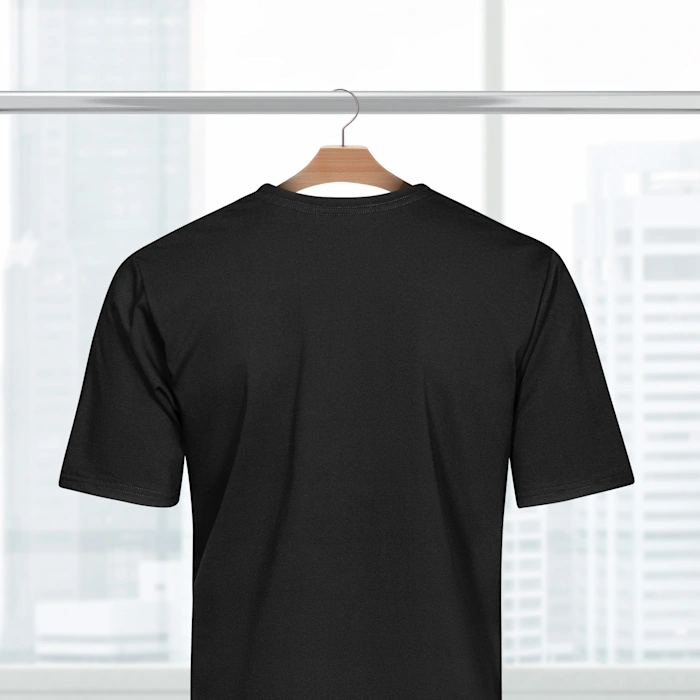Cruise Couture sets sail into the realm of fashion with a collection of tees designed for the modern seafarer. This innovative line of clothing seamlessly blends style and functionality, offering a wardrobe that is as versatile as the open sea. Drawing inspiration from the dynamic world of cruising, Cruise Couture captures the essence of maritime adventure and translates it into fashion-forward statements. Each tee is a canvas that tells a story of exploration, relaxation, and the thrill of the ocean. The Cruise Couture collection is a celebration of the nautical lifestyle, featuring designs that pay homage to classic maritime symbols while incorporating contemporary trends. From anchor motifs to playful sailor stripes, every detail is carefully curated to reflect the spirit of life on the water. The color palette is a reflection of the sea itself – from serene blues that mirror the calm waters to vibrant hues that capture the energy of a lively cruise.
What sets Cruise Couture apart is its commitment to quality and comfort. Crafted from premium fabrics, each tee feels like a gentle sea breeze against the skin. The materials are not only luxurious but also durable, ensuring that these tees can withstand the elements of both the ocean and everyday life. The relaxed fit and thoughtful design make these shirts the perfect companions for a day at sea or a casual evening on the shore. Cruise Couture understands that fashion should not compromise on comfort, especially when it comes to those who navigate the waves. Beyond aesthetics, Cruise Couture is dedicated to sustainability. The brand recognizes the importance of preserving the oceans that inspire its designs and takes steps to minimize its environmental footprint. From eco-friendly materials to responsible manufacturing practices, Cruise Couture is committed to creating fashion that aligns with the principles of environmental stewardship.

The brand’s dedication to sustainability adds an extra layer of appeal the cruise t-shirts for couples, making these tees not just a fashion statement but a conscious choice for those who care about the planet. Whether you are a seasoned sailor, a cruise enthusiast, or simply someone who appreciates well-crafted fashion, Cruise Couture offers a collection that transcends trends and embraces the timeless allure of the sea. With each tee, the brand invites you to embark on a sartorial journey that combines the best of maritime aesthetics with a commitment to quality and sustainability. Cruise Couture is not just clothing; it is a lifestyle, an ode to the beauty of the ocean, and a statement that resonates with the fashion-forward seafarer in all of us. The result is a visually stunning and cohesive collection that resonates with both seasoned sailors and those embarking on their maiden voyage.
